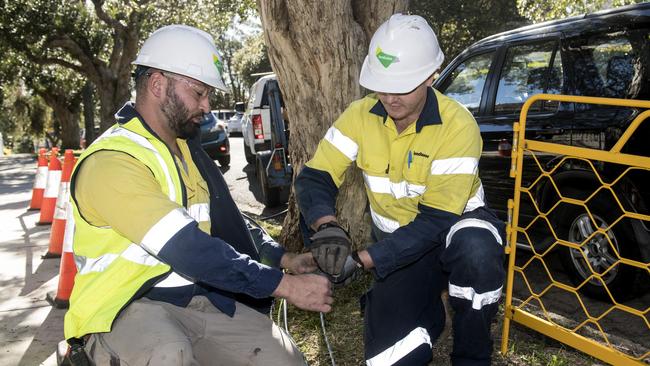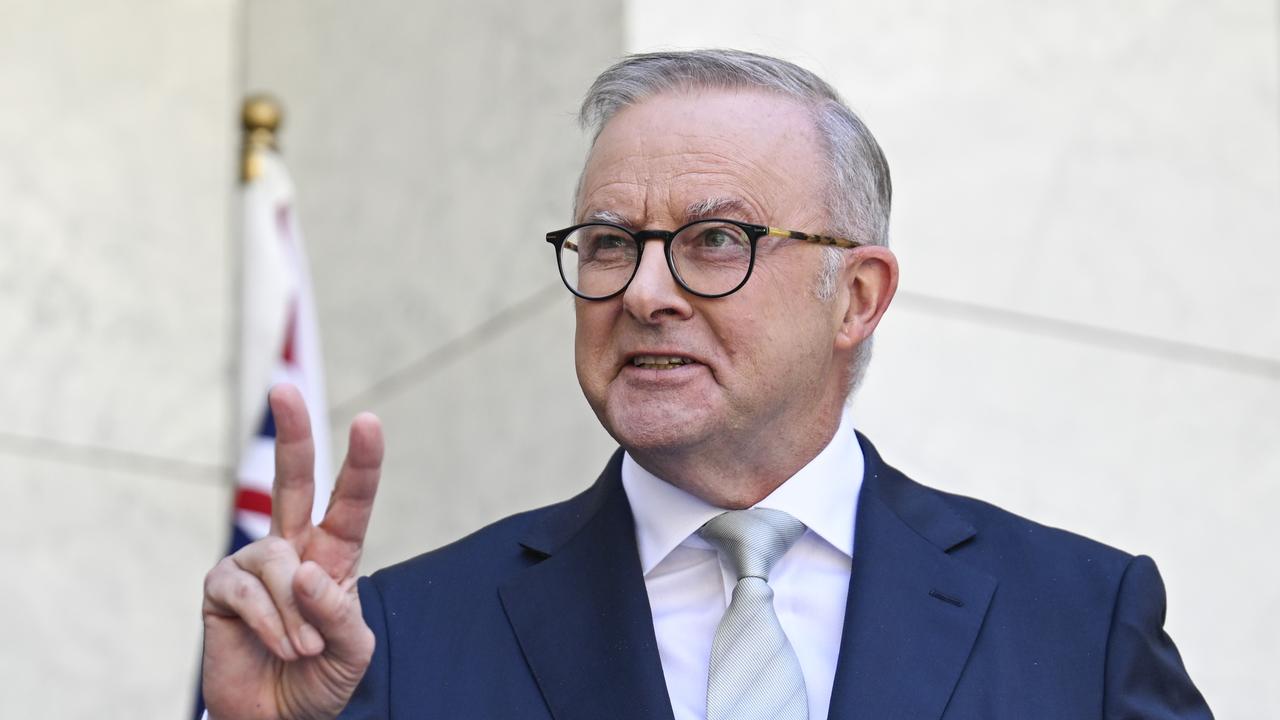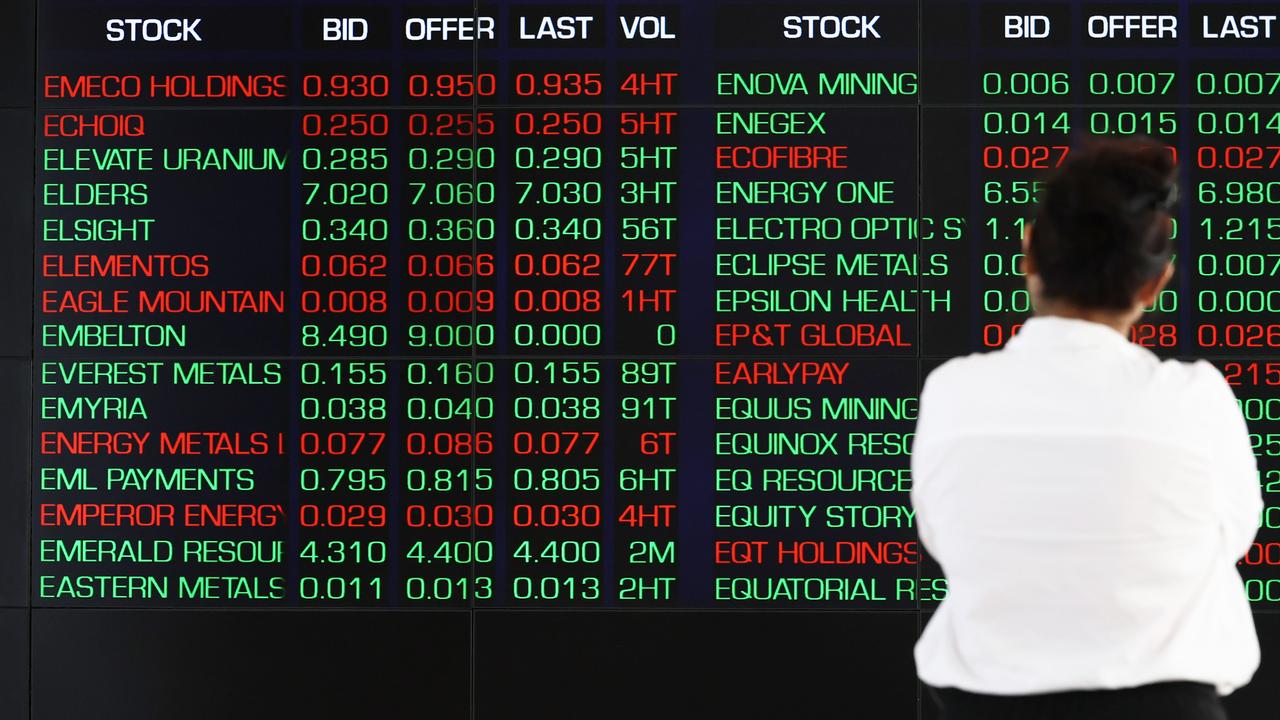Completing build of NBN to cost an extra $2bn
NBN Co has raised the peak funding needed to finish building the NBN from $49bn to $51bn, but taxpayers won’t be slugged.

NBN Co has raised the peak funding needed to finish building the National Broadband Network from $49 billion to $51 billion, to cover for the suspension of services over the hybrid coaxial fibre (HFC) portion of the NBN and increased investment in fixed wireless services.
The company also expects the internal rate of return (IRR) to land at 3.2 per cent, on the lower end of the previously flagged guidance of 3.2 per cent to 3.7 per cent.
NBN Co’s latest corporate plan, covering full year 2019-22, forecasts total revenue at $3.9bn in full year 2020, down from the previous guidance of $4.9bn, again on the back of the HFC pause and NBN Co’s decision to temporarily discount wholesale prices.
NBN Co’s new CEO Stephen Rue said the extra $2bn bill for the build won’t need to be covered by the federal government.
“NBN Co will source the extra funding through raising short-term private debt in the market,” he said.
The HFC delay, which ran from last November to June this year, has been the biggest factor in NBN Co’s short-term revenue dip.
The company now expects revenue for 2019 financial year to come in at $2.6bn in revenue, a $900m cut from its forecast a year ago, but it is aiming to catch up by 2021 financial year, with revenues forecast to hit $5.2bn.
Hitting that target will require NBN Co to increase the pace of the rollout and make up for the shortfall of 1.4 million service activations.
NBN Co had forecast 6.9 million activations at the end of 2019 financial year, but that number has now been cut to 5.5 million.
The company is also set to pump in more than $1 billion over the next two years into the fixed wireless network, which has come under increased scrutiny over poor service quality.
Despite the hiccups, Mr Rue is confident that NBN Co can make up the gap.
“The corporate plan 2019-22 is our blueprint for how we will navigate the complexity and deliver on our goals to provide affordable access to all Australians by 2020,” he said.
“There will inevitably be challenges in the remainder of the build – some known, some new.
“But our ability to deploy the network at speed and scale is evident, and we’re well-positioned to continue enhancing customer experience and delivering access to the benefits of high-speed broadband to all Australians.”


